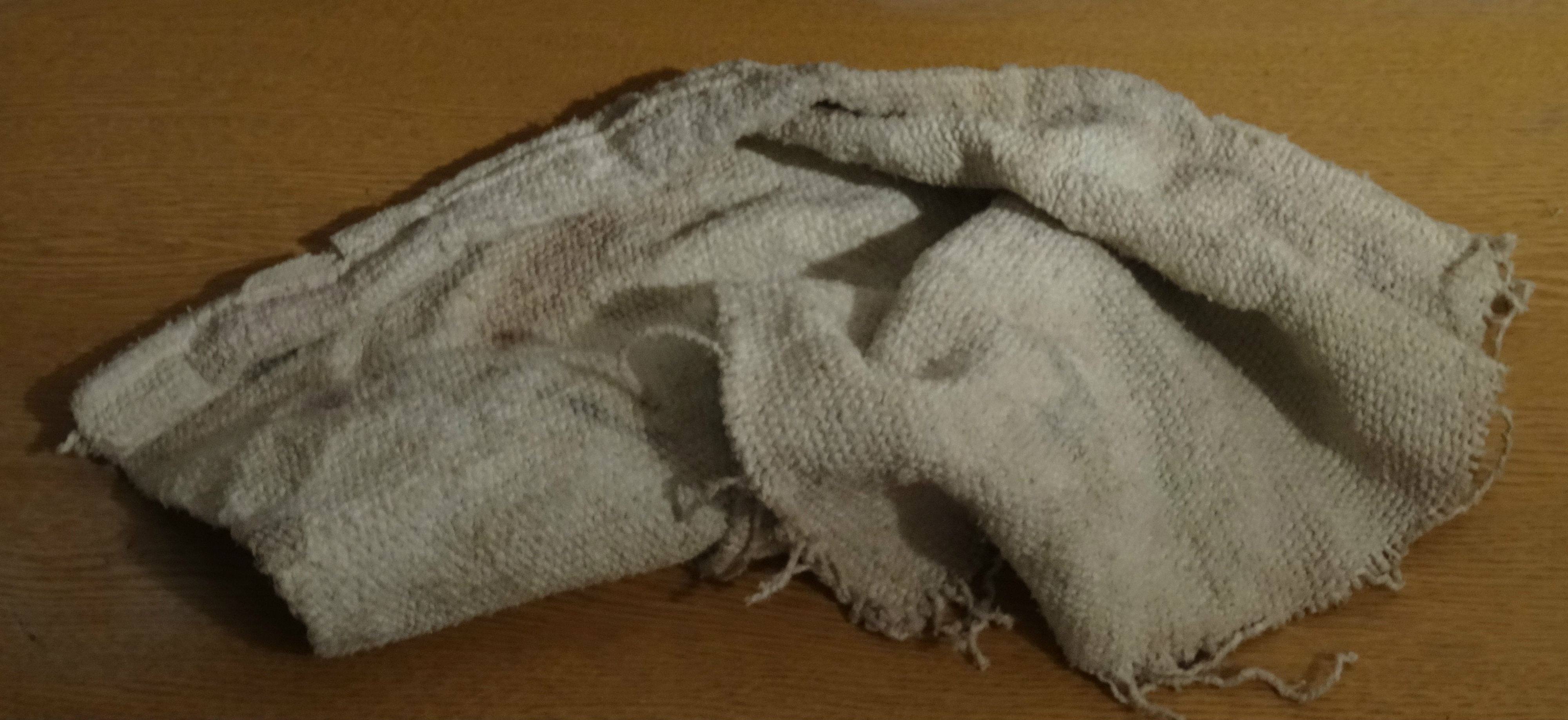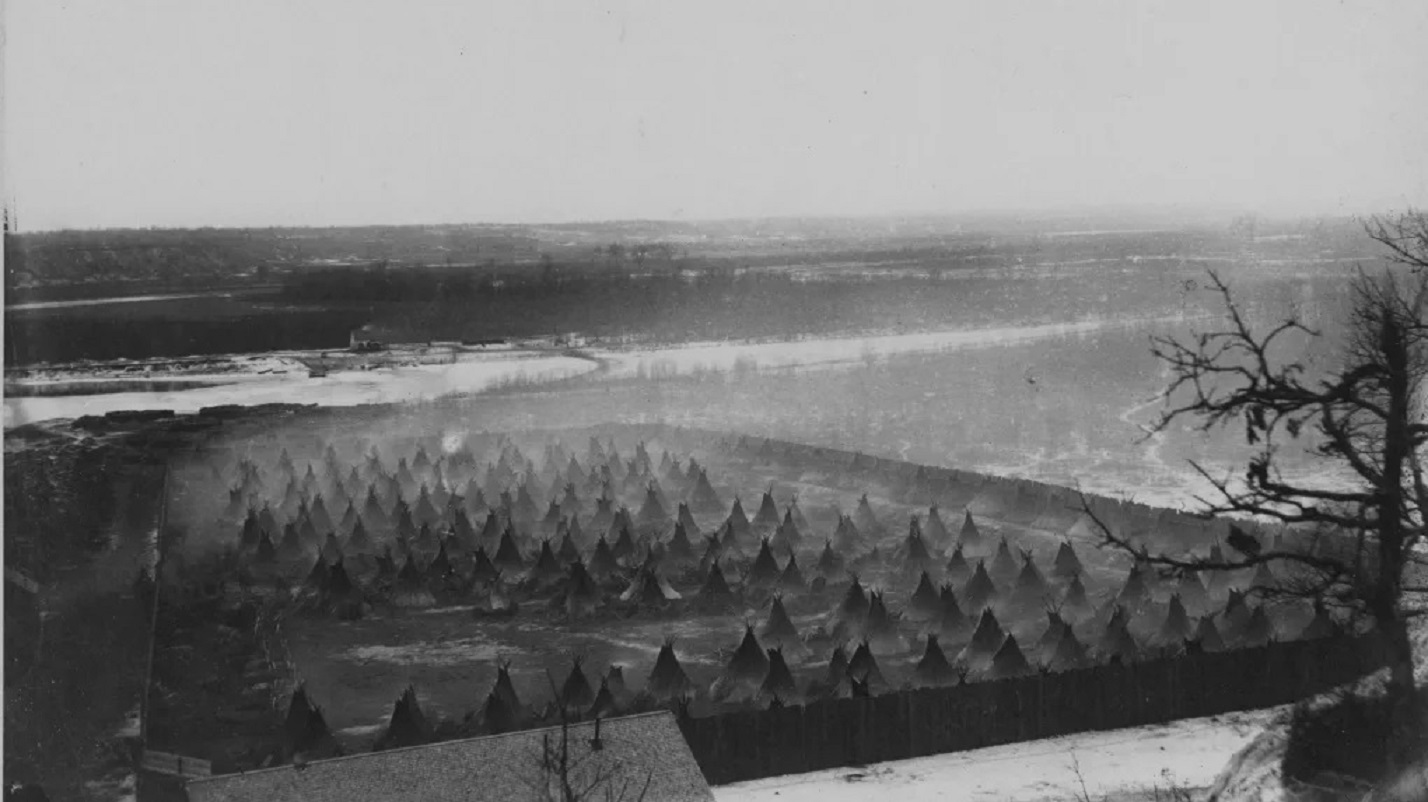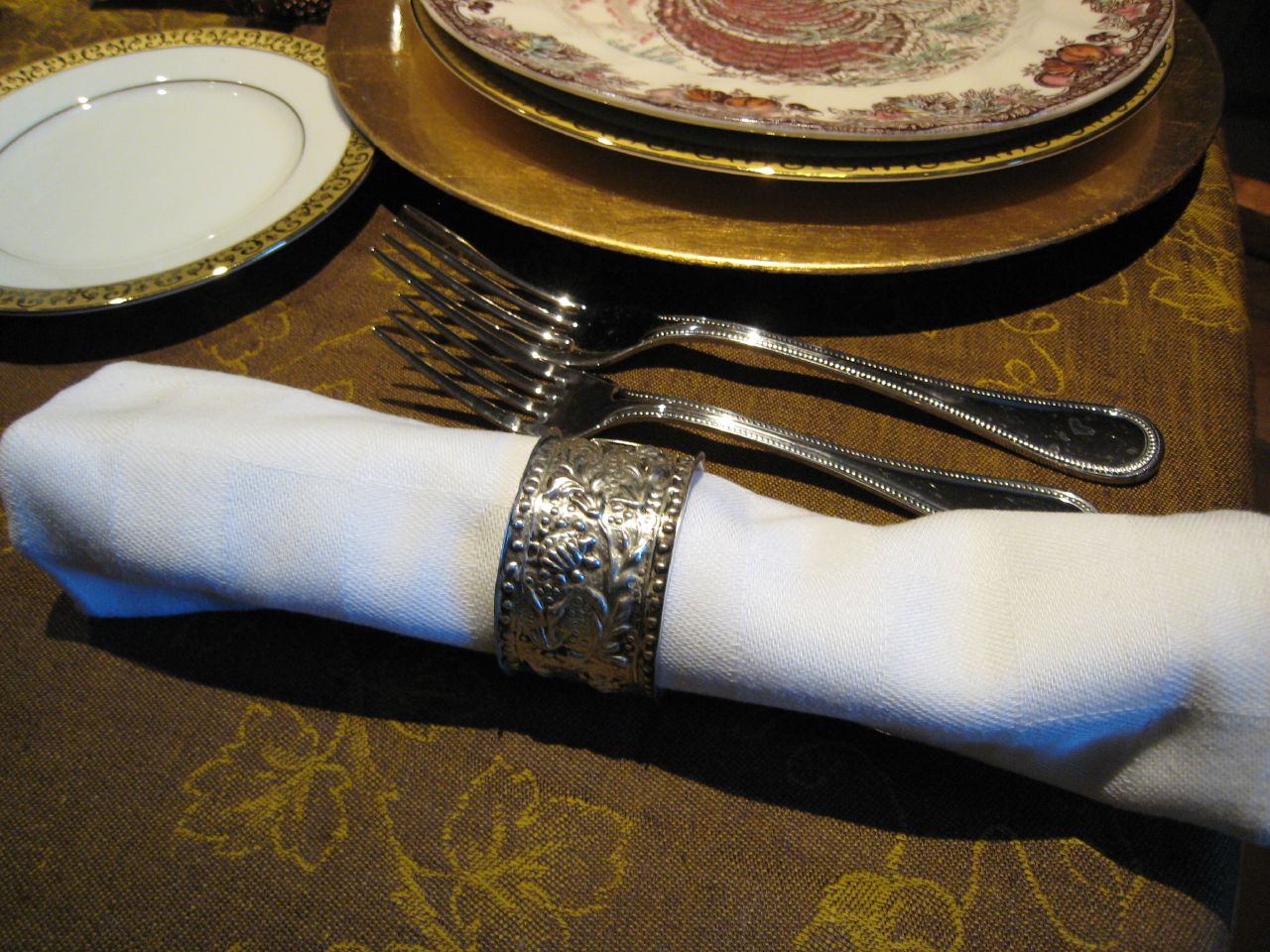|
Asbestine
Asbestine is a mineral compound composed of nearly pure fibrous magnesium silicate, with physical characteristics between those of asbestos and talc. It is used in paper manufacture and construction. Applications In antiquity, it was sometimes called linum vivum, and used to take advantage of its fire-resistant properties. These uses included making it into napkins and towels, which, when dirty, were simply thrown into the fire to clean. Historically, it has been used in a cast stone form on house exteriors, such as the Rand House in Minneapolis in 1874. Contemporary applications include use as an extender in paint-based products, although statutory restrictions on how much can be used have long been in place. Health concerns Trace amounts can be found in talc, which often contains asbestos fibers of various types. Studies into health risks associated with talc determined that with so many commercial varieties of talc being types of asbestine minerals, the resultant lung disease� ... [...More Info...] [...Related Items...] OR: [Wikipedia] [Google] [Baidu] |
Asbestos
Asbestos ( ) is a group of naturally occurring, Toxicity, toxic, carcinogenic and fibrous silicate minerals. There are six types, all of which are composed of long and thin fibrous Crystal habit, crystals, each fibre (particulate with length substantially greater than width) being composed of many microscopic "fibrils" that can be released into the atmosphere by Abrasion (mechanical), abrasion and other processes. Inhalation of asbestos fibres can lead to various dangerous lung conditions, including mesothelioma, asbestosis, and lung cancer. As a result of these health effects, asbestos is considered a serious Health hazard, health and safety hazard. Archaeological studies have found evidence of asbestos being used as far back as the Stone Age to strengthen ceramic pots, but large-scale mining began at the end of the 19th century when manufacturers and builders began using asbestos for its desirable physical properties. Asbestos is an excellent Thermal insulation, thermal and In ... [...More Info...] [...Related Items...] OR: [Wikipedia] [Google] [Baidu] |
Asbestos Fibers
Asbestos ( ) is a group of naturally occurring, toxic, carcinogenic and fibrous silicate minerals. There are six types, all of which are composed of long and thin fibrous crystals A crystal or crystalline solid is a solid material whose constituents (such as atoms, molecules, or ions) are arranged in a highly ordered microscopic structure, forming a crystal lattice that extends in all directions. In addition, macrosc ..., each fibre (particulate with length substantially greater than width) being composed of many microscopic "fibrils" that can be released into the atmosphere by Abrasion (mechanical), abrasion and other processes. Inhalation of asbestos fibres can lead to various dangerous lung conditions, including mesothelioma, asbestosis, and lung cancer. As a result of these health effects, asbestos is considered a serious Health hazard, health and safety hazard. Archaeological studies have found evidence of asbestos being used as far back as the Stone Age to strengt ... [...More Info...] [...Related Items...] OR: [Wikipedia] [Google] [Baidu] |
Mineral
In geology and mineralogy, a mineral or mineral species is, broadly speaking, a solid substance with a fairly well-defined chemical composition and a specific crystal structure that occurs naturally in pure form.John P. Rafferty, ed. (2011): Minerals'; p. 1. In the series ''Geology: Landforms, Minerals, and Rocks''. Rosen Publishing Group. The Geology, geological definition of mineral normally excludes compounds that occur only in living organisms. However, some minerals are often biogenic (such as calcite) or organic compounds in the sense of chemistry (such as mellite). Moreover, living organisms often synthesize inorganic minerals (such as hydroxylapatite) that also occur in rocks. The concept of mineral is distinct from rock (geology), rock, which is any bulk solid geologic material that is relatively homogeneous at a large enough scale. A rock may consist of one type of mineral or may be an aggregate (geology), aggregate of two or more different types of minerals, spaci ... [...More Info...] [...Related Items...] OR: [Wikipedia] [Google] [Baidu] |
Cast Stone
Cast stone or reconstructed stone is a refined artificial stone, a form of precast concrete. It is used as a building material to simulate natural-cut masonry in architectural features such as facings and trim; for statuary; and for garden ornaments. It may replace natural building stones including limestone, brownstone, sandstone, bluestone, granite, slate, and travertine. Cast stone can be made from white or grey cements, manufactured or natural sands, crushed stone or natural gravels, and can be coloured with mineral colouring pigments. It is cheaper and more uniform than natural stone, and allows transporting the bulk materials and casting near the place of use, which is cheaper than transporting and carving very large pieces of stone. History The earliest known use of cast stone was in the Cité de Carcassonne, France, in about 1138. It was first used extensively in London in the late 19th century and gained widespread acceptance in America in the 1920s. One of the ear ... [...More Info...] [...Related Items...] OR: [Wikipedia] [Google] [Baidu] |
Papermaking
Papermaking is the manufacture of paper and cardboard, which are used widely for printing, writing, and packaging, among many other purposes. Today almost all paper is Pulp and paper industry, made using industrial machinery, while handmade paper survives as a specialized craft and a medium for paper art, artistic expression. In papermaking, a dilute suspension consisting mostly of separate cellulose fibres in water is drained through a sieve-like screen, so that a mat of randomly interwoven fibres is laid down. Water is further removed from this sheet by pressing, sometimes aided by suction or vacuum, or heating. Once dry, a generally flat, uniform and strong sheet of paper is achieved. Before the invention and current widespread adoption of automated machinery, all paper was made by hand, formed or laid one sheet at a time by specialized laborers. Even today those who make paper by hand use tools and technologies quite similar to those existing hundreds of years ago, as origin ... [...More Info...] [...Related Items...] OR: [Wikipedia] [Google] [Baidu] |
Asbestosis
Asbestosis is long-term inflammation and pulmonary fibrosis, scarring of the human lung, lungs due to asbestos fibers. Symptoms may include shortness of breath, cough, wheezing, and chest pain, chest tightness. Complications may include lung cancer, mesothelioma, and pulmonary heart disease. Asbestosis is caused by breathing in asbestos fibers. It requires a relatively large exposure over a long period of time, which typically only occurs in those who directly work with asbestos. All types of asbestos fibers are associated with an increased risk. It is generally recommended that currently existing and undamaged asbestos be left undisturbed. Diagnosis is based upon a history of exposure together with medical imaging. Asbestosis is a type of interstitial pulmonary fibrosis. There is no specific treatment. Recommendations may include influenza vaccination, pneumococcal vaccination, oxygen therapy, and stopping smoking. Asbestosis affected about 157,000 people and resulted in 3,600 ... [...More Info...] [...Related Items...] OR: [Wikipedia] [Google] [Baidu] |
Talcosis
Pulmonary talcosis is a pulmonary disorder caused by talc. It has been related to silicosis resulting from inhalation of talc and silicates. It is also tied to heroin use where talc might be used as an adulterant to increase weight and street value. David H. Chestnut. "For example, the injection of talc-diluted heroin causes talcosis." It is one of several noted associations and possible risks of street heroin use. Talcosis can also arise from the injection of drugs intended for oral administration, as talc is present in many tablets and capsules that are used intravenously, such as |
Occupational Lung Disease
Occupational lung diseases comprise a broad group of diseases, including occupational asthma, industrial bronchitis, chronic obstructive pulmonary disease (COPD), bronchiolitis obliterans, inhalation injury, interstitial lung diseases (such as pneumoconiosis, hypersensitivity pneumonitis, lung fibrosis), infections, lung cancer and mesothelioma. These can be caused directly or due to immunological response to an exposure to a variety of dusts, chemicals, proteins or organisms. Occupational cases of interstitial lung disease may be misdiagnosed as COPD, idiopathic pulmonary fibrosis, or a myriad of other diseases; leading to a delay in identification of the causative agent. Types Asthma Asthma is a respiratory disease that can begin or worsen due to exposure at work and is characterized by episodic narrowing of respiratory airways. Occupational asthma has a variety of causes, including sensitization to a specific substance, causing an allergic response; or a reaction to an ... [...More Info...] [...Related Items...] OR: [Wikipedia] [Google] [Baidu] |
Minneapolis
Minneapolis is a city in Hennepin County, Minnesota, United States, and its county seat. With a population of 429,954 as of the 2020 United States census, 2020 census, it is the state's List of cities in Minnesota, most populous city. Located in the state's center near the eastern border, it occupies both banks of the Upper Mississippi River and adjoins Saint Paul, Minnesota, Saint Paul, the state capital of Minnesota. Minneapolis, Saint Paul, and the surrounding area are collectively known as the Minneapolis–Saint Paul, Twin Cities, a metropolitan area with 3.69 million residents. Minneapolis is built on an artesian aquifer on flat terrain and is known for cold, snowy winters and hot, humid summers. Nicknamed the "City of Lakes", Minneapolis is abundant in water, with list of lakes in Minneapolis, thirteen lakes, wetlands, the Mississippi River, creeks, and waterfalls. The city's public park system is connected by the Grand Rounds National Scenic Byway. Dakota people orig ... [...More Info...] [...Related Items...] OR: [Wikipedia] [Google] [Baidu] |
Towel
A towel () is a piece of absorption (chemistry), absorbent cloth or paper used for drying or wiping a surface. Towels draw moisture through direct contact. Bathing towels and hand towels are usually made of cotton, linen, bamboo and Microfiber, synthetic microfibers. In households, several types of towels are used, such as hand towels, bath towels, and Dishtowel, kitchen towels. Paper towels are provided in commercial or office Bathroom, bathrooms, via a dispenser, for users to dry their hands. They are also used for such duties such as wiping, cleaning, and drying. History According to Middle Ages archaeological studies, "... closely held personal items included the ever present knife and a towel." However, the invention of the towel is commonly associated with the city of Bursa, Turkey, in the 17th century. These Turkish towels began as a flat, woven piece of cotton or linen called a ''peshtamal'', often hand-embroidered. Long enough to wrap around the body, peshtamal were or ... [...More Info...] [...Related Items...] OR: [Wikipedia] [Google] [Baidu] |
Chemical Compound
A chemical compound is a chemical substance composed of many identical molecules (or molecular entities) containing atoms from more than one chemical element held together by chemical bonds. A molecule consisting of atoms of only one element is therefore not a compound. A compound can be transformed into a different substance by a chemical reaction, which may involve interactions with other substances. In this process, bonds between atoms may be broken or new bonds formed or both. There are four major types of compounds, distinguished by how the constituent atoms are bonded together. Molecular compounds are held together by covalent bonds; ionic compounds are held together by ionic bonds; intermetallic compounds are held together by metallic bonds; coordination complexes are held together by coordinate covalent bonds. Non-stoichiometric compounds form a disputed marginal case. A chemical formula specifies the number of atoms of each element in a compound molecule, usin ... [...More Info...] [...Related Items...] OR: [Wikipedia] [Google] [Baidu] |
Napkin
A napkin, serviette or face towelette is a square of cloth or paper tissue used at the table for wiping the mouth and fingers while eating. It is also sometimes used as a bib by tucking it into a shirt collar. It is usually small and folded, sometimes in intricate designs and shapes. Etymology and terminology The term 'napkin' dates from the 14th century, in the sense of a piece of cloth or paper used at mealtimes to wipe the lips or fingers and to protect clothing. The word derives from the Late Middle English ''nappekin'', from Old French '' :wikt:nappe#French">nappe'' (tablecloth, from mappa''), with the suffix '' -kin''. A 'napkin' can also refer to a small cloth or towel, such as a :wikt:-kin#English">-kin''. A 'napkin' can also refer to a small cloth or towel, such as a handkerchief in dialectal British, or a kerchief">handkerchief">:wikt:-kin#English">-kin''. A 'napkin' can also refer to a small cloth or towel, such as a handkerchief in dialectal British, or a k ... [...More Info...] [...Related Items...] OR: [Wikipedia] [Google] [Baidu] |






